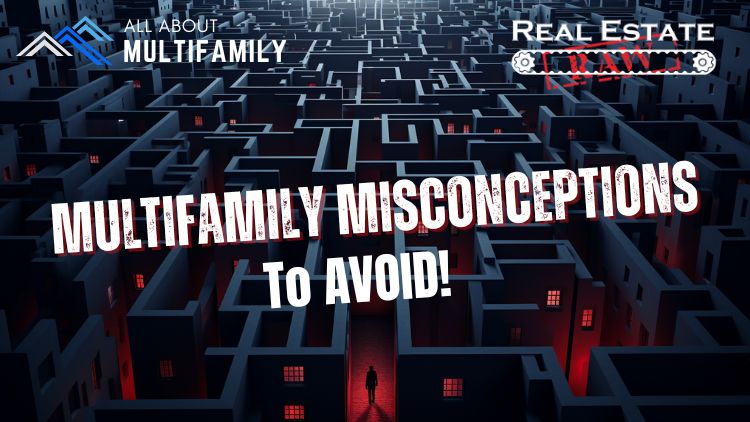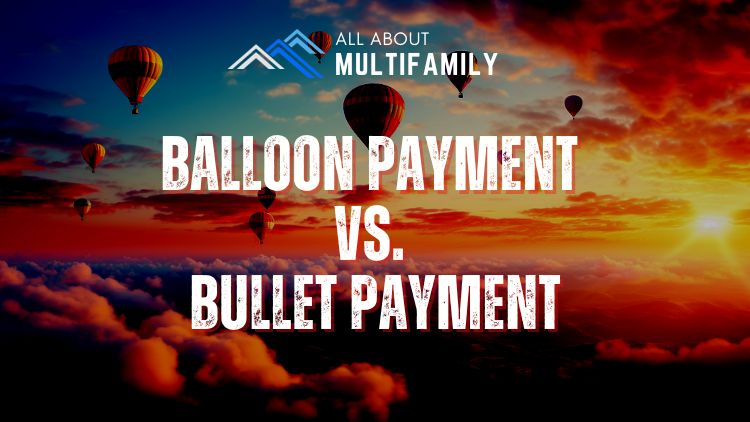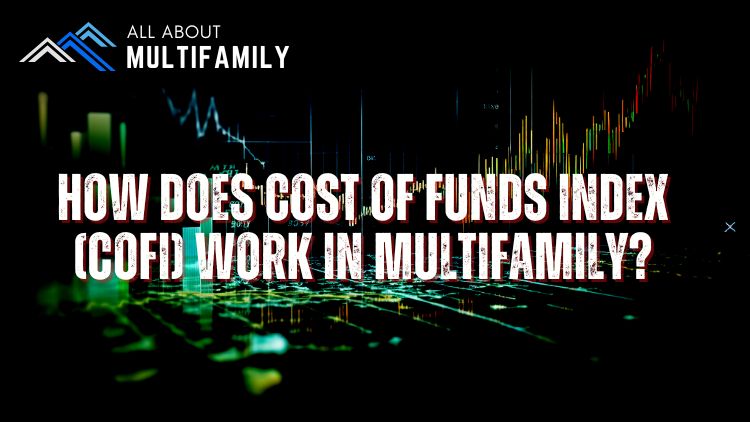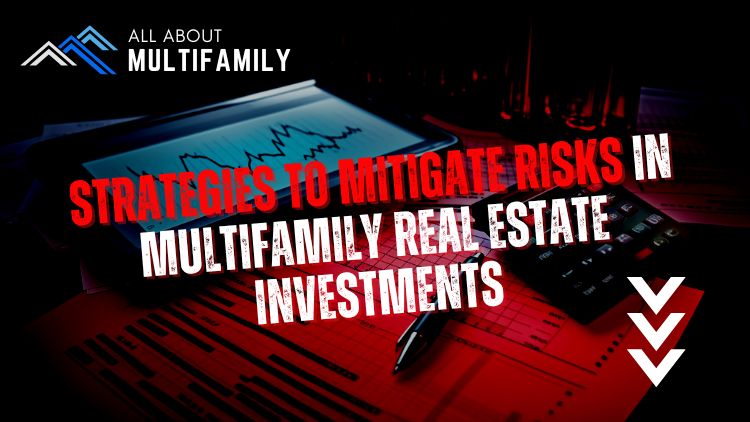In a surprising turn of events, the United States experienced a substantial 18% increase in single-family housing starts during November 2023. This surge has sparked renewed optimism in the real estate market, signaling potential economic resilience and recovery. In this blog post, we will delve into the factors contributing to this unexpected upswing, its implications on the housing sector, and what it may mean for the broader U.S. economy.
The Surge in Single-Family Housing Starts:
The housing market, often considered a barometer of economic health, has been closely monitored in recent years. November 2023 saw a remarkable 18% rise in single-family housing starts, defying expectations and injecting vitality into an industry that has weathered various challenges.
Factors Driving the Growth:
- Low Mortgage Rates: Historically low mortgage rates have played a pivotal role in encouraging potential homeowners to enter the market. These attractive interest rates have made homeownership more accessible, fueling demand for new single-family homes.
- Supply and Demand Dynamics: The persistently tight supply of existing homes in many parts of the country has led prospective buyers to turn towards new construction. Builders are capitalizing on this demand, contributing to the surge in housing starts.
- Economic Recovery: As the U.S. economy continues to recover from the impact of the global pandemic, consumer confidence is on the rise. With increased job security and a more optimistic economic outlook, individuals and families are more inclined to invest in homeownership.
Implications for the Housing Sector:
The robust growth in single-family housing starts has immediate and far-reaching implications for the housing sector:
- Job Creation: The construction industry is a significant contributor to employment. Increased housing starts translate into more job opportunities in construction, boosting economic activity and supporting local communities.
- Housing Affordability: While rising demand can lead to higher home prices, the increased supply from new construction helps moderate the overall cost of housing. This can potentially improve affordability for a broader range of homebuyers.
- Market Confidence: The surge in housing starts is a positive signal for market participants, instilling confidence in both builders and buyers. This renewed optimism may lead to further investment and development in the real estate sector.
Broader Economic Implications:
The housing market is intricately connected to the overall health of the U.S. economy. A vibrant real estate sector can stimulate economic growth in several ways:
- Consumer Spending: Homeownership often triggers increased consumer spending on furniture, appliances, and home improvement, providing a boost to various sectors of the economy.
- Wealth Effect: As home values appreciate, homeowners experience a wealth effect, potentially leading to increased spending and investment.
- Financial Markets: A thriving housing market contributes to a positive economic outlook, influencing investor sentiment and financial markets.
Conclusion:
The unexpected 18% rise in single-family housing starts in November 2023 is a promising development for the United States. Driven by factors such as low mortgage rates, supply and demand dynamics, and a broader economic recovery, this surge has the potential to invigorate the housing sector and, by extension, the overall economy. As we navigate the evolving landscape of the real estate market, the positive momentum in housing starts serves as a beacon of hope and resilience for the nation.














































![An In-Depth Look at Jake and Gino's Coaching Program [A Review]](https://allaboutmultifamilyinvesting.com/wp-content/uploads/2023/10/AAM-BMP-Blog-Covers-750-×-422px-6.jpg)


![Email Marketing Tips for Multifamily Real Estate Syndicators to Raise Capital [Templates included]](https://allaboutmultifamilyinvesting.com/wp-content/uploads/2023/09/AAM-BMP-Blog-Covers-750-×-422px-4.jpg)






![The Richest Kids In America [Book Review]](https://allaboutmultifamilyinvesting.com/wp-content/uploads/2023/09/AAM-BMP-Blog-Covers-750-×-422px-84.jpg)
















